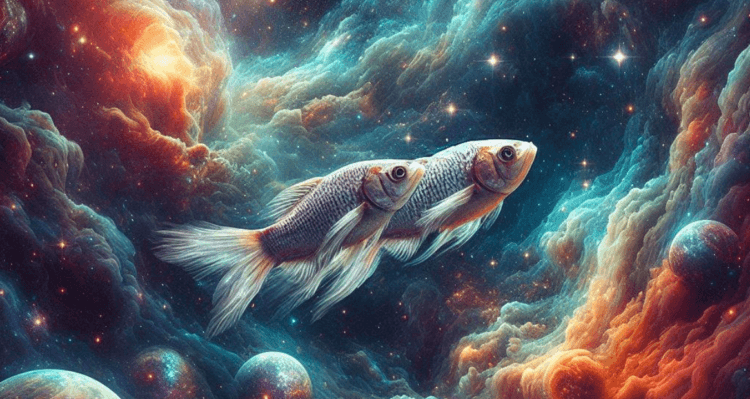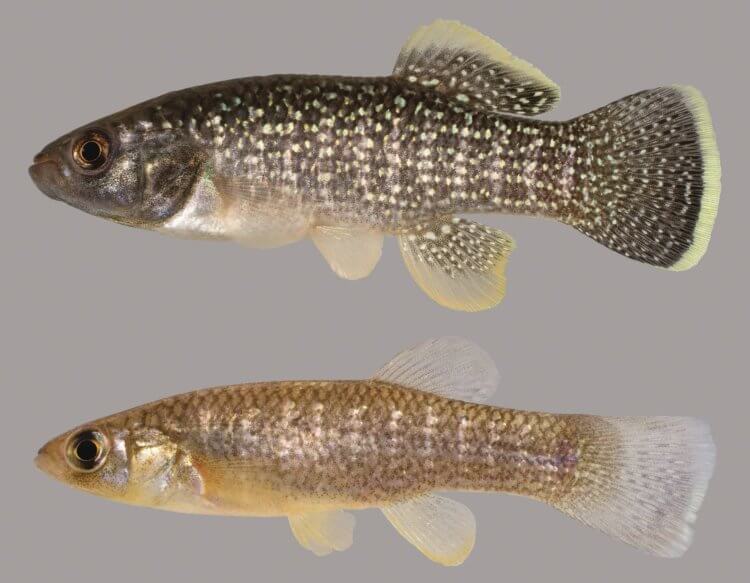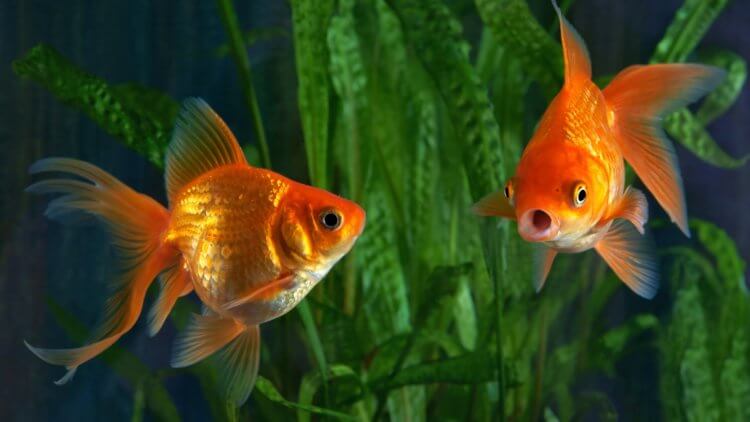Various types of animals have already been in space – dogs, monkeys, rabbits, rats, mice, guinea pigs, frogs, etc. Of course, sending each species into orbit was necessary for one or another scientific purpose. The same thing happened with fish – in the early 70s, NASA scientists decided to conduct an important scientific study. As a result, on July 28, 1973, two mummichogs went into space. This was an important experiment conducted as part of the study of the so-called space adaptation syndrome, which often affects astronauts. It would seem, what relation can fish have to astronauts and their health problems in space?

Scientists have been studying the behavior of fish in space for a long time
What is space sickness
Space sickness, or space adaptation syndrome, is a condition similar to seasickness. It arises in response to weightlessness, or rather — microgravity. Symptoms of space sickness include decreased appetite, dizziness, headache, increased salivation, nausea and even vomiting, as well as spatial illusions.
It must be said that not all people know about the existence of space sickness, since astronauts rarely talk about it, they don’t write about it in science fiction literature, and they don’t show it in films. However, according to various sources, from a third to a half of all astronauts encounter it. Therefore, it can become a serious problem on the path to space exploration.
Additionally, space sickness could be a barrier to space tourism. It should be understood that astronauts on Earth undergo certain selection and training, so they, for example, are much more resistant to seasickness, unlike most people, but nevertheless still suffer from space adaptation syndrome. Therefore, it is not surprising that space tourists who end up in space even for a relatively short time complain of nausea.

In weightlessness, half of the astronauts experience symptoms of space sickness
What fish have been in space
Fish spend almost their entire lives in conditions close to weightlessness. So NASA scientists asked the question — how real microgravity will affect them. Of course, dolphins, which are mammals, would be best suited for research. However, for obvious reasons, the choice fell on small-sized fish with high endurance. These requirements are fully met by mummichogs (Fundulus Heterclitus).
These fish are known for their survival even in the most extreme conditions. They adapt well to different temperature conditions, different salinity of water and even pollution. In addition, mummichogs are found off Cape Canaveral, so it is not surprising that scientists chose them as experimental subjects. As a result, two individuals, along with eggs, were delivered to the Skylab orbital research station.

Mummyhogs — the first fish to go into space. Photo source: www.floridamuseum.ufl.edu
How fish swim in zero gravity
As reported by Scientific American, fish in zero gravity began to lean forward and swim in “loops”. After some time, they developed a new way to determine the “top”, guided by the lights inside the space station instead of the Sun.
Of course, scientists could not find out how sick the fish were and how they felt, but they interpreted the loop-like movements as disorientation associated with a disruption in the balance centers of the inner ear. This assumption is confirmed by the fact that the behavior of the fish returned to normal after the same period as the well-being of the astronauts, that is, on the third day of their stay in space, the fish adapted to microgravity.
But what is most interesting is that the newborn fry, hatched from the eggs, immediately swam normally, that is, from the first day of their birth they were already adapted to weightlessness. They swam with their backs to the light, as if it were up.

Goldfish could not fully adapt to space within 12 days. Photo source www.biosalon.ru
Since then, fish have been sent into space several times. For example, during one of the research projects, six goldfish were sent to the ISS. In one of them, the otoliths (ear bones, part of the balance organ) were removed before the flight; in four, the otoliths were removed only on one side, and one fish had both otoliths.
The situation with the loop-like movements of the fish was repeated. Individuals with one otolith initially “leaned” to the operated side, but recovered by the eighth day. True, all five fish by day 12 were still making looping movements from time to time. When the fish returned to Earth, they adapted well to the return of gravity.
Don't forget to subscribe to our Zen and Telegram channels so you don't miss the most interesting and incredible scientific discoveries!
In general, studies have shown that even fish in space experience something similar to space sickness. Therefore, it is unlikely that people will be able to avoid it. In any case, such methods do not currently exist.